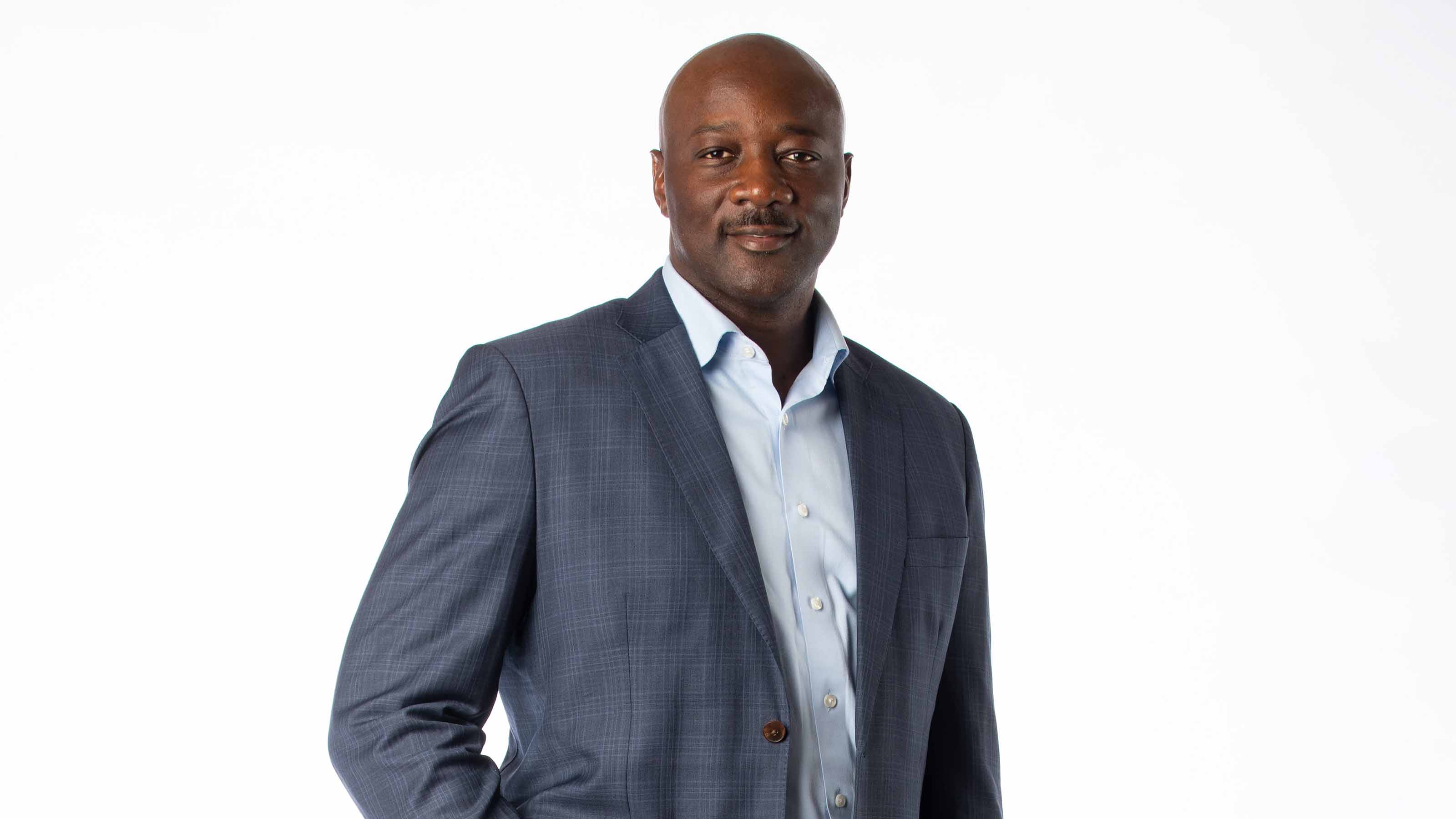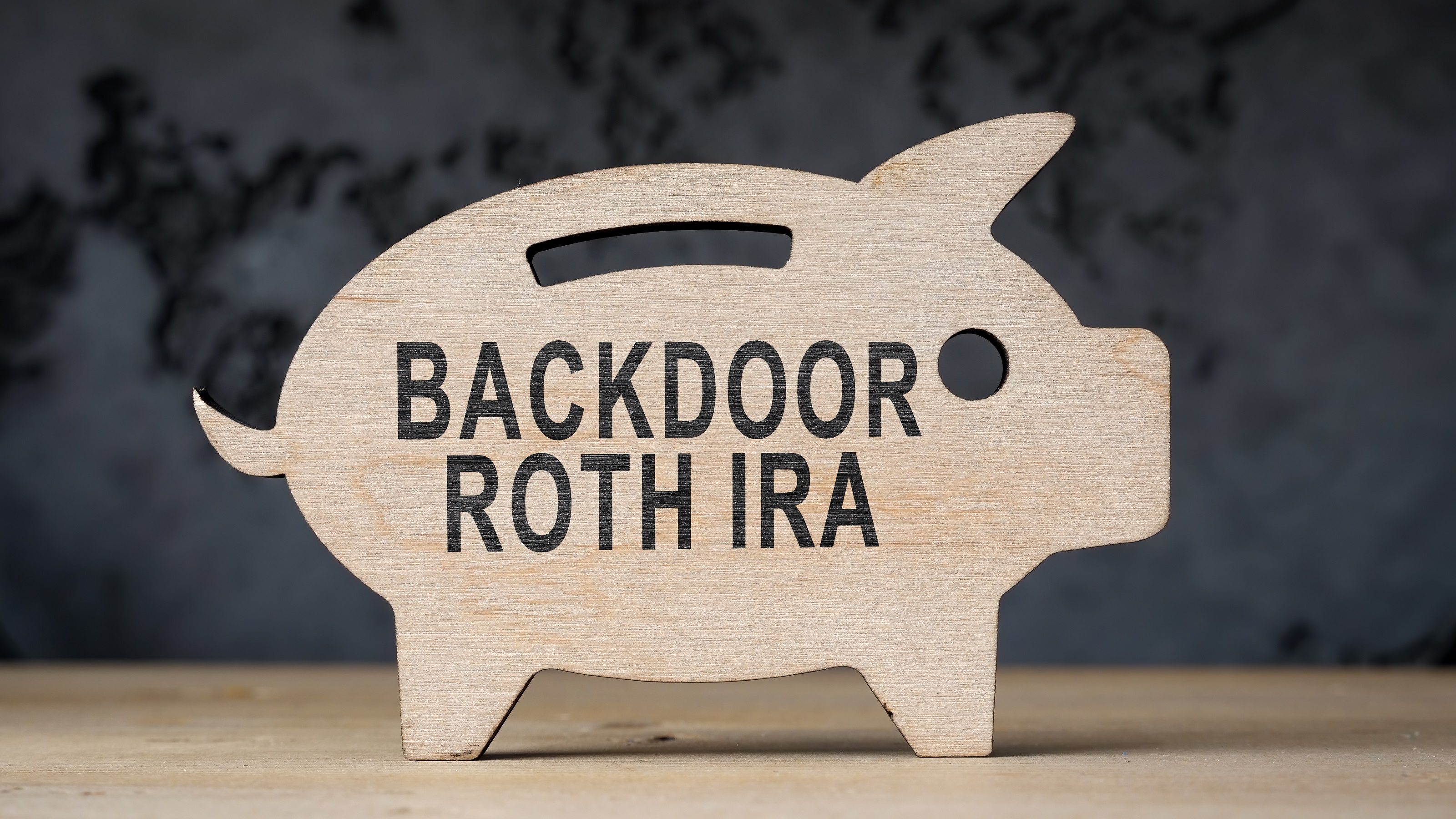Does Financial Education Work?
Studies show that money lessons have to be relevant to kids' immediate experiences.

Lately, financial education for kids and adults seems to be right up there with Mom and apple pie as a crowd-pleaser. Nearly everyone acknowledges that financial literacy is a worthy goal, and more than a dozen states require some form of personal-finance education in high schools. There’s just one problem: It doesn’t seem to be working.
That was the sobering conclusion of a panel of experts at a conference on lifecycle saving and investing that I recently attended at Boston University. The problem, the participants agreed, is that broad-based efforts to improve financial literacy don’t hit people when they really need it. The best time to provide financial education, says Annamaria Lusardi, director of the Financial Literacy Center sponsored by the Rand Corp., Dartmouth College and the University of Pennsylvania’s Wharton School, is “when people actually have to make financial decisions.” (At Dartmouth, for example, new employees are given a simple, one-sheet walk-through of the retirement plan during orientation. The handout is then supplemented by short videos that explain such principles as compounding and diversification and offer profiles of real people telling how they save and invest.)
The same is true of personal-finance curricula aimed at kids, says Lewis Mandell, a professor at the University of Washington’s Foster School of Business. After a career specializing in consumer financial behavior, Mandell has concluded that financial education doesn’t have a lasting impact on financial literacy. He ticked off a number of problems: Lessons aren’t “sticky,” to use the Web vernacular. Classes are generally one-offs that aren’t reinforced. And the subject matter isn’t relevant to kids’ immediate experiences -- not unlike trigonometry.

Sign up for Kiplinger’s Free E-Newsletters
Profit and prosper with the best of expert advice on investing, taxes, retirement, personal finance and more - straight to your e-mail.
Profit and prosper with the best of expert advice - straight to your e-mail.
Paul Solman, economics correspondent for The PBS NewsHour, noted that a long-term study in New Zealand has shown that adult financial habits can be determined as young as age 3. Children with the least amount of self-control at that age have the most difficulty managing their money as adults.
To improve self-control among kids, the study’s associate director, Terrie Moffitt, of Duke University, recommends -- guess what? -- giving them an allowance, along with help on how to manage it.
Good advice. All of this was fascinating but not that surprising. In fact, it was encouraging to get academic backup for the real-world advice I’ve been giving for a long time.
For example, it makes sense to me that lessons about life insurance and Social Security wouldn’t be “sticky” for high school students. But sticking them with the responsibility of paying for their own clothing or cell phone does make an impression. That’s why I’ve always been a big advocate of an allowance that’s tied to financial responsibilities (see 7 Tricky kids-and-Money Challenges to Anticipate).
Based on what I heard at the conference, I’ll stick with some other good advice:
Don’t rush things. Children, like adults, operate on a need-to-know basis, so teach them lessons that are age-appropriate and don’t overwhelm them with information (see 6 Key Questions Before You Teach Kids About Money).
If you begin an allowance around age 6 or 7, which is a good time to start, keep it simple by giving kids one financial responsibility (perhaps purchasing their favorite collectibles) that you can build on later. Nothing beats a first paycheck for giving teens a crash course in taxes. And high school students may not care much about retirement, but when your college grad gets her first job and has to sign up for the 401 (k) plan, I guarantee you’ll get a phone call asking for help.
Make it fun. In my experience, the best way to get students interested in learning about money is to entertain them. Mandell’s research shows that playing a stock market game is far more efficient at promoting financial literacy than taking a class in personal finance.
In the classroom, I’d also recommend other hands-on games that let kids make real-world decisions about choosing a career, buying a home and paying the bills. And any kind of competition (like a raucous game of financial soccer that I recently witnessed) gets them pumped and increases the chances that they’ll remember the lesson even after they’ve taken the exam.
Follow Janet’s updates at Twitter.com/JanetBodnar.
Get Kiplinger Today newsletter — free
Profit and prosper with the best of Kiplinger's advice on investing, taxes, retirement, personal finance and much more. Delivered daily. Enter your email in the box and click Sign Me Up.

Janet Bodnar is editor-at-large of Kiplinger's Personal Finance, a position she assumed after retiring as editor of the magazine after eight years at the helm. She is a nationally recognized expert on the subjects of women and money, children's and family finances, and financial literacy. She is the author of two books, Money Smart Women and Raising Money Smart Kids. As editor-at-large, she writes two popular columns for Kiplinger, "Money Smart Women" and "Living in Retirement." Bodnar is a graduate of St. Bonaventure University and is a member of its Board of Trustees. She received her master's degree from Columbia University, where she was also a Knight-Bagehot Fellow in Business and Economics Journalism.
-
 Stock Market Today: Stocks Soar on China Trade Talk Hopes
Stock Market Today: Stocks Soar on China Trade Talk HopesTreasury Secretary Bessent said current U.S.-China trade relations are unsustainable and signaled hopes for negotiations.
By Karee Venema
-
 2026 Disney Dining Plan Returns: Free Dining for Kids & Resort Benefits
2026 Disney Dining Plan Returns: Free Dining for Kids & Resort BenefitsPlan your 2026 Walt Disney World vacation now. Learn about the returning Disney Dining Plan, how kids aged three to nine eat free, and the exclusive benefits of staying at a Disney Resort hotel.
By Carla Ayers
-
 What Does Medicare Not Cover? Eight Things You Should Know
What Does Medicare Not Cover? Eight Things You Should KnowHealthy Living on a Budget Medicare Part A and Part B leave gaps in your healthcare coverage. But Medicare Advantage has problems, too.
By Donna LeValley
-
 How to Benefit From Rising Interest Rates
How to Benefit From Rising Interest RatesFinancial Planning Savers will get the best rates from top-yielding savings and money market deposit accounts at online banks.
By Rivan V. Stinson
-
 Donor-Advised Funds: The Gift That Keeps on Giving
Donor-Advised Funds: The Gift That Keeps on GivingFinancial Planning Expert guidance on how this charitable vehicle can make a difference.
By Emma Patch
-
 PODCAST: Tax Breaks for College Finance with Kalman Chany
PODCAST: Tax Breaks for College Finance with Kalman ChanyPaying for College Paying for (ever-pricier) college is a challenge that this consultant meets head on with highly specific guidance.
By David Muhlbaum
-
 Reading, Writing, and Personal Finance
Reading, Writing, and Personal FinanceRaising Money-Smart Kids A growing number of high schools are adding personal finance to their curriculum.
By Sandra Block
-
 Backdoor Roth IRAs: Good for Wealthy Retirees?
Backdoor Roth IRAs: Good for Wealthy Retirees?Financial Planning A backdoor Roth IRA is a tax loophole that enables wealthier individuals to earn tax-free income. But it's complicated.
By David Rodeck
-
 PODCAST: This Couple Tackles Love and Money as a Team
PODCAST: This Couple Tackles Love and Money as a TeamGetting Married Fyooz Financial, the husband and wife team of Dan and Natalie Slagle, have carved out a niche advising other couples with the money questions that come with pairing up. Also, where is this troubled stock market headed?
By David Muhlbaum
-
 ABLE Accounts Give Disabled More Financial Freedom
ABLE Accounts Give Disabled More Financial FreedomFinancial Planning People with disabilities, and their families, can save for a variety of expenses in these tax-advantaged accounts.
By Emma Patch